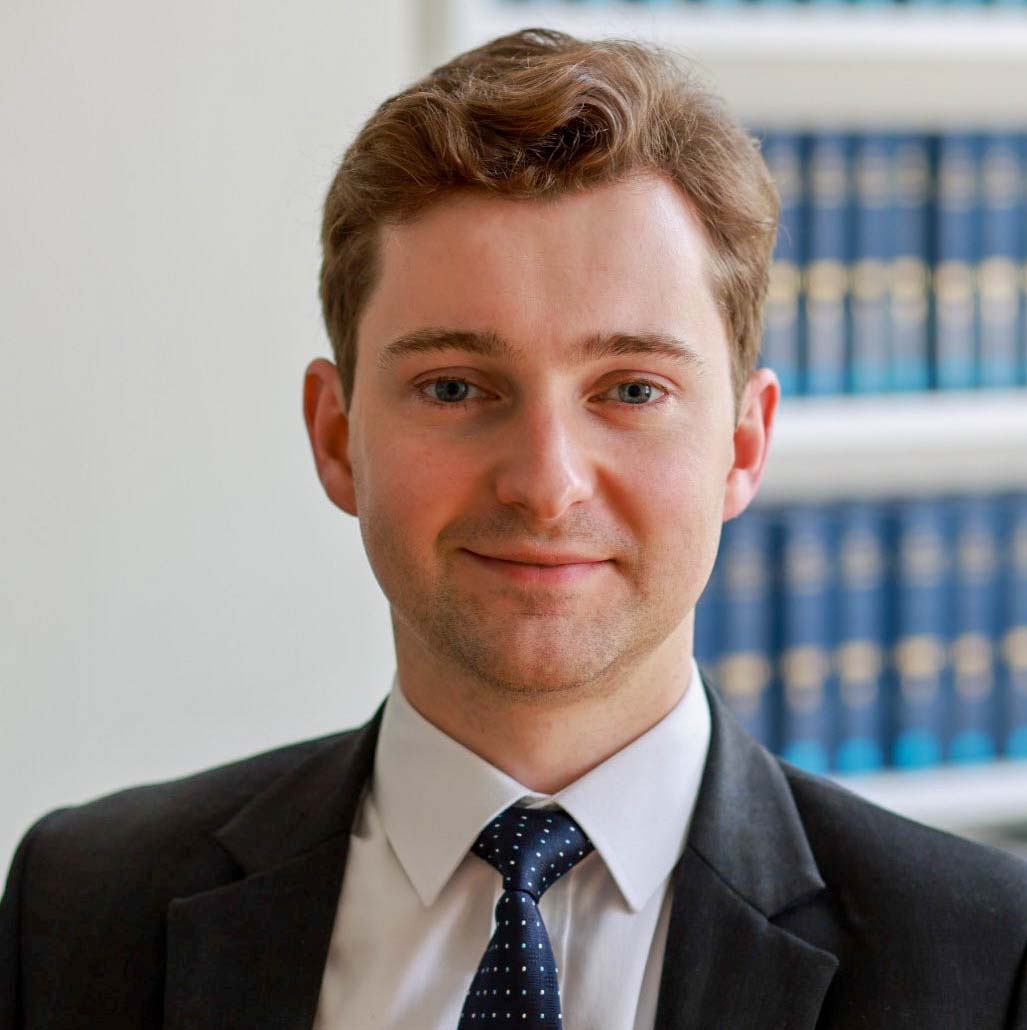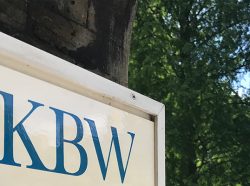On 6 August 2020, the Court of Appeal handed down judgment in the expedited appeal in R (Cotter) v National Institute for Health and Care Excellence [2020] EWCA Civ 1037 (judgment available here). The Court upheld the High Court’s judgment in NICE’s favour, which was handed down in February and which we summarised here.
The case concerned the interpretation of NICE’s guidance on whether a given treatment should be appraised under its ‘Standard Technology Appraisal’ process or its ‘Highly Specialised Technology’ appraisal process. The Claimant argued that the drug Sapropterin, for treating a disorder affecting her ability to metabolise protein, should be appraised under the latter. That was significant, because NICE can recommend a treatment that is materially less cost-effective under that procedure (see our original summary for details).
Of note generally are Males LJ’s comments, at paragraph 51 of the Court of Appeal judgment, on the relevance of statutory context when interpreting guidance. He accepted that the fact that a given interpretation “fits well with” or “goes with the grain of” statutory provisions is a “powerful reason” for adopting that interpretation. In the event, however, he held that the Claimant’s proposed interpretation of the statutory framework was inconsistent with concessions that they had made, and was in any event “most unlikely”.
Read with the High Court’s judgment, paragraphs 79 – 80 of the Court of Appeal judgment are also relevant to the issue of academic flaws in decision-making. One issue in the case was whether a service provided at only nine treatment centres in England could be said to be commissioned at “very few” centres, which was one of the criteria for appraisal in the specialised process. The decision-maker had adduced evidence that there were 19 treatment centres. The Claimant argued, in support of her case that the service was provided at “very few” centres, that there were in reality only nine centres and that the other ten were mere ‘spokes’ protruding from nine treatment ‘hubs’.
Neither the Court of Appeal nor the High Court (at paragraph 132) seemed troubled by this distinction. In context – looking at other services commissioned under the guidance – even nine centres did not count as “very few”.
Daniel Stilitz KC and Michael White acted for NICE both at first instance and on appeal.








